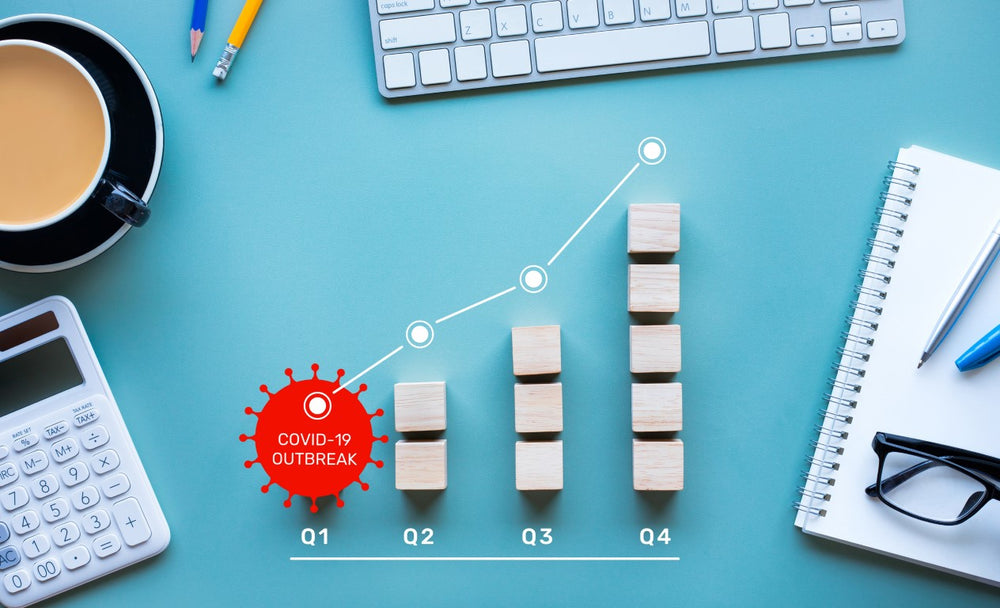Your Cart is Empty
Back in late June, Houston was hit by its second Covid-19 wave, which was much more widespread than the first wave in March. During this larger outbreak, an exceptionally contagious strain of Covid-19 (that developed in another part of the world) took over most of the city’s infected patients.
Researchers studied samples collected from both these waves to understand why the outcomes of the second wave were so drastically different from the first.
Here’s what they learned.
A variety of Covid-19 strains entered Houston initially, but by the time the city experienced its second wave, nearly every coronavirus sample showed a certain mutation on the surface of the virus.
This development raises several questions such as how rapidly does the coronavirus mutate as it spreads from one area to the next?
Researchers have a long way to go before they can make any conclusive statements. According to Dr. Anthony Fauci,director of the National Institute for Allergy and Infectious Diseases, researchers are “still at the stage of trying to confirm (what they think)”.
What the evidence suggests so far, is that Covid-19’s viral transmission is now more enhanced. Commenting on this, Dr. Fauci said,
“the data is showing there’s a single mutation that makes the virus be able to replicate better and maybe have high viral loads. We don’t have a connection to whether an individual does worse with this or not; it just seems that the virus replicates better and maybe more transmissible.”
This particular mutation, currently known asD614G, carries more virus particles. Researchers say that this strain of coronavirus has given it the ability to spread at a much faster rate, and that is what happened in Houston.Before this strain, the area reported an average of 200 new Covid-19 patients a day, which suddenly rose to more than 2400.
David Morens, a virologist at the National Institute of Allergy and Infectious Diseases, recently said that this change “may have implications for our ability to control it.”
He believes the virus may have found a way to get through certain barriers such as hand washing and social distancing. He said in an interview,
“Wearing masks, washing our hands, all those things are barriers to transmissibility or contagion, but as the virus becomes more contagious, it statistically is better at getting around those barriers,”
All that sounds a little too worrisome. Now, on a rather reassuring note —though this mutation is more contagious, it doesn’t appear to be more dangerous or make the patients any sicker. And there is evidence that it’s just as sensitive to antibodies that can protect a person from the infection once a person’s been vaccinated.
Since Covid-19 is mutating so rapidlyat the moment, scientists will have to keep an eye on how it changes next. It’s like Morens said,
“We’ll have to chase the virus and, as it mutates, we’ll have to tinker with our vaccine.”
Until the vaccines come out, we have to follow the regular CDC guidelines — maintain social distance, wash our hands frequently, avoid touching our nose, mouth, and eyes, and wear masks.
